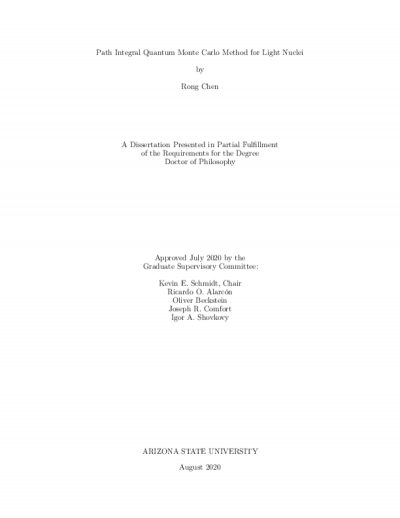Understanding Emergent Structural Characteristics and Physical Behaviors of Disordered Many-body Systems

Description
Disordered many-body systems are ubiquitous in condensed matter physics, materials science and biological systems. Examples include amorphous and glassy states of matter, granular materials, and tissues composed of packings of cells in the extra-cellular matrix (ECM). Understanding the collective emergent properties in these systems is crucial to improving the capability for controlling, engineering and optimizing their behaviors, yet it is extremely challenging due to their complexity and disordered nature. The main theme of the thesis is to address this challenge by characterizing and understanding a variety of disordered many-body systems via unique statistical geometrical and topological tools and the state-of-the-art simulation methods. Two major topics of the thesis are modeling ECM-mediated multicellular dynamics and understanding hyperuniformity in 2D material systems. Collective migration is an important mode of cell movement for several biological processes, and it has been the focus of a large number of studies over the past decades. Hyperuniform (HU) state is a critical state in a many-particle system, an exotic property of condensed matter discovered recently. The main focus of this thesis is to study the mechanisms underlying collective cell migration behaviors by developing theoretical/phenomenological models that capture the features of ECM-mediated mechanical communications in vitro and investigate general conditions that can be imposed on hyperuniformity-preserving and hyperuniformity-generating operations, as well as to understand how various novel transport physical properties arise from the unique hyperuniform long-range correlations.
Date Created
The date the item was original created (prior to any relationship with the ASU Digital Repositories.)
2022
Agent
- Author (aut): Zheng, Yu
- Thesis advisor (ths): Jiao, Yang
- Committee member: Zhuang, Houlong
- Committee member: Beckstein, Oliver
- Committee member: Ros, Robert
- Publisher (pbl): Arizona State University







